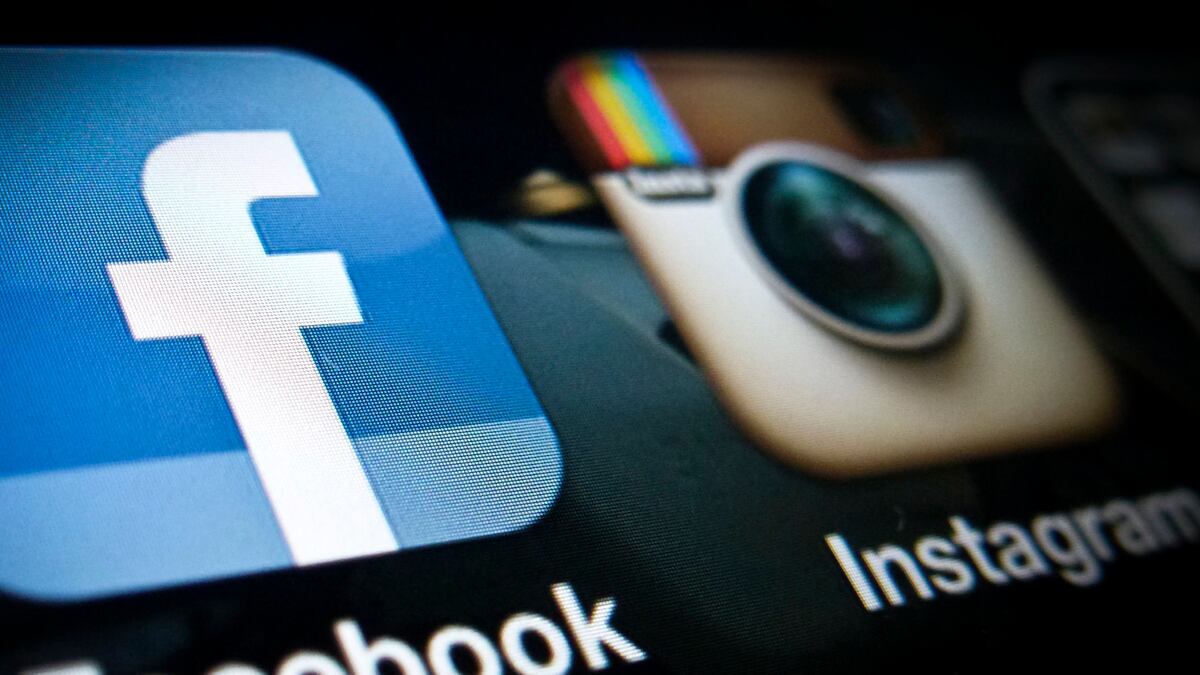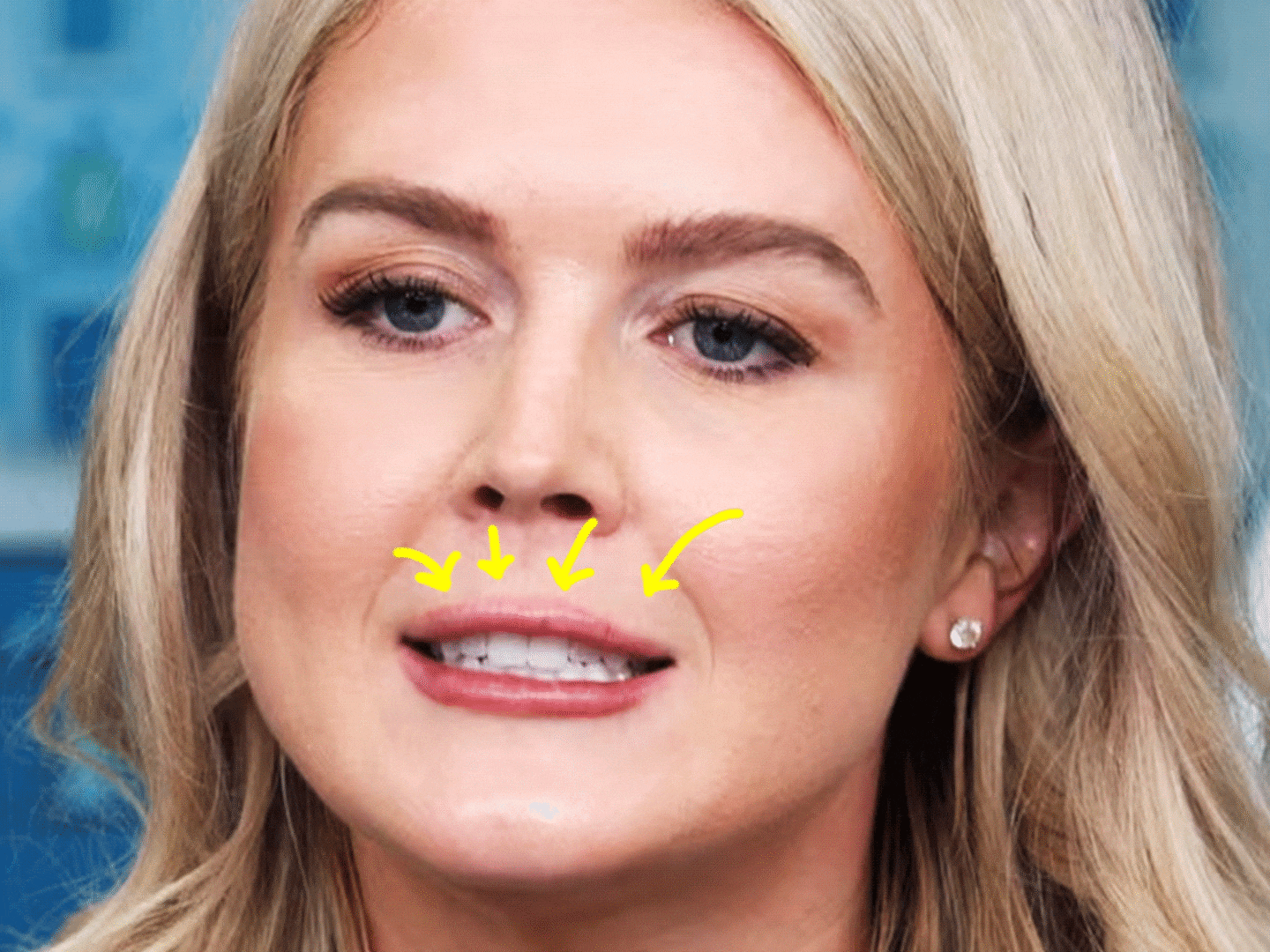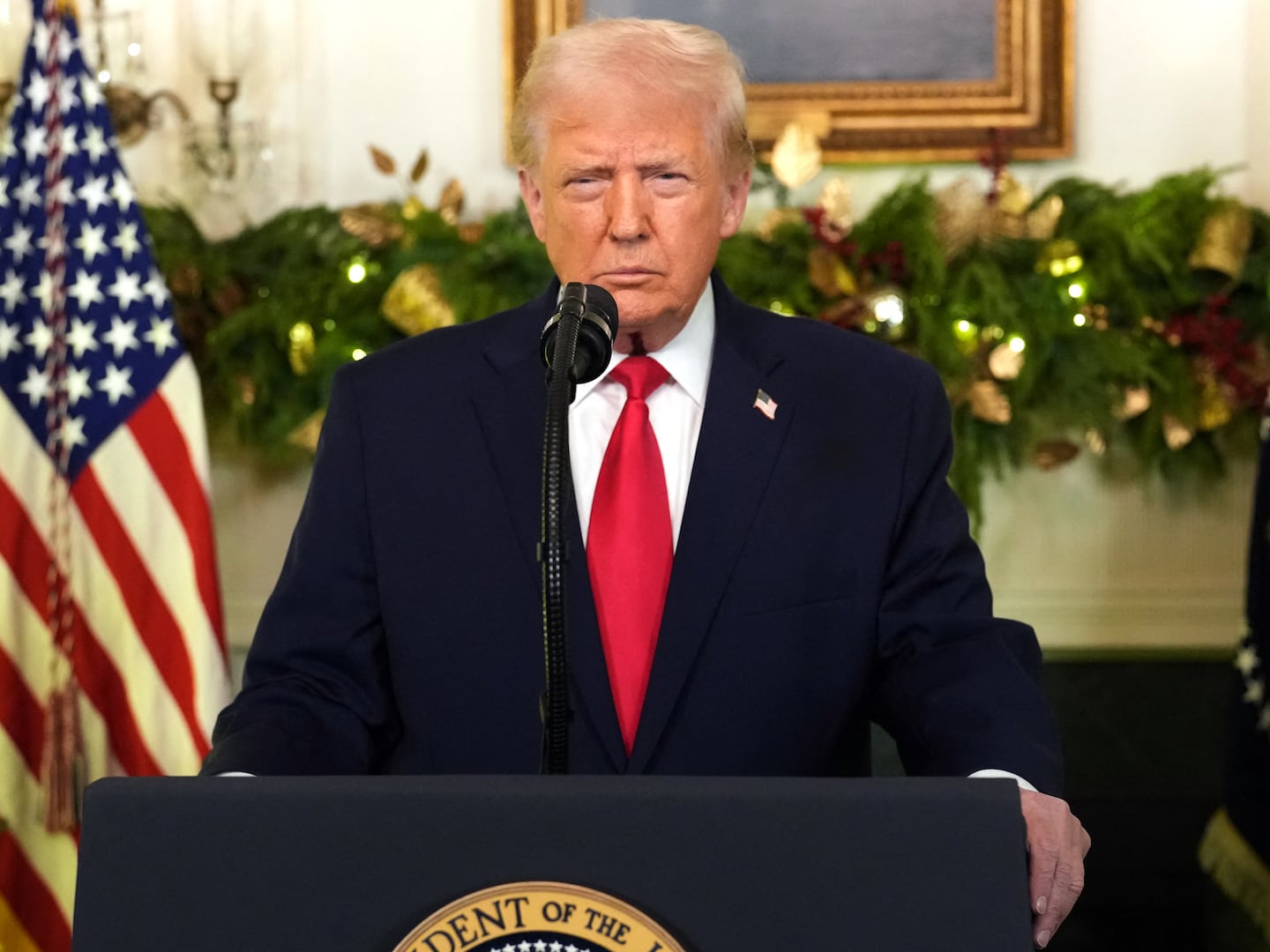Five months ago Instagram was a counter-argument to American decline: the elusive billion-dollar idea. Facebook, filled with pre-IPO swagger, snapped up the sepia-toned photo-sharing network in a deal valued at $1 billion.

The acquisition left smart-money mouths agape from Wall Street to Silicon Valley. Instagram had no revenue to speak of and only 13 employees. But in a season of pessimism, the buyout was a much-needed shot of techno-optimism: a quintessentially American, high-tech Horatio Alger story. For example, Instagram’s ebullient CEO and cofounder, Kevin Systrom, saw his 40 percent stake skyrocket to $400 million. All for a smart set of photo filters and the tools to share them. A company less than two years old, which required little more than elbow grease and a shot of venture capital, was now worth more than the venerable New York Times Company.
But times change.
Facebook’s tanking stock price has taken Instagram's billion-dollar valuation down with it, wiping out a full quarter of the app’s value. Facebook paid for the “billion dollar” deal with $300 million in cash. The rest came in a currency then thought far more valuable than the greenback: Facebook stock. Instagram’s owners were to receive 23 million Facebook shares -- at the time, valued at about $30 each.
Now, with Facebook trading at around $19.15, Instagram is worth just over $740 million. Here I’ve graphed the slide in Instagram’s book value, in millions, with a simple algebraic transformation of Facebook’s tumbling stock price since the May 18 IPO.

Given the steep fall, should Instagram have taken an all-cash deal—or, as Steven Davidoff argued, at least opted for a stock collar, which would have insulated it from any major declines in the parent company’s price? In hindsight, it’s hard to say. The Instagram deal coincided with astronomically high hopes for the Facebook IPO. Months before NASDAQ glitches, underwriter errors, and stunning sell-offs, the Instagram dealmakers followed the rest of us, overpricing Facebook amid the hype.
Those fresh-faced, freshly minted millionaires are now paying the price for that overconfidence. As part of the deal, they’re now official Facebook employees, and that means their stock is subject to the IPO’s lockup restrictions, which prevent all but a few top Facebook executives from selling their shares until later this year. (One exception was Peter Thiel, the company’s early angel investor, who was able to sell off over $1 billion—or more than one Instagram’s worth—of his Facebook shares last week.) Until the lockups expire, Instagram employees can’t sell the millions of Facebook shares they received; they have to sit and watch their net worth slide. On paper, CEO Kevin Systrom has lost just over $100 million since his new bosses’ disastrous stock debut.
While hindsight is always telescopic, there were early warning signs that the currency of Facebook shares was primed for a fall. In fact, the Instagram deal itself was a flashing yellow light. Buying a revenue-less photo app for a billion in book value—more than double analysts’ estimates, and in the absence of a rival bidder—could only be seen as a defensive maneuver. It makes even more sense when you compare Facebook’s slowing user growth to Instagram’s 38 percent July traffic jump and accelerating user base. As tech guru Om Malik wrote in a prescient post, just days after the deal, “Facebook was scared shitless.” The company that owned a giant share of the world’s eyeballs was suddenly shelling out real cash and valuable stock for even more eyeballs.
Given its deep pockets, Facebook’s decision to neutralize a fast-growing competitor likely still makes sense. But did Instagram make a mistake by harnessing its cart to the world’s biggest social-horse? While it’s hard to know for sure until the company’s share price stabilizes, there are signs that full integration within the Facebook infrastructure can actually hamstring an online business model. Just look at Zynga, the peddler of Facebook games Farmville and Mafia Wars. Its stock has been tandem skydiving with Facebook since the IPO. (According to its IPO filings, 12 percent of Facebook’s revenue comes from its partnership with Zynga.)
While Zynga and Instagram suffer, niche social networks with their own, unique user bases are riding high: companies like travel network TripAdvisor and enterprise network LinkedIn, and dating sites like Match.com and OKCupid (which, like Newsweek/The DailyBeast, is owned by IAC Interactive Corp.). Then, of course, there’s Pinterest, whose valuations have soared into the billions. In short, if your online community occupies a specific niche, joining the Facebook juggernaut can hamper your growth. Below, I’ve graphed percent change in TripAdvisor, LinkedIn, and IAC against Facebook and its biggest dependent, Zynga.
A striking divide, no? Lest we forget: Instagram is famous for exactly that kind of nichey, communal identity. In a stereotype: urban bohemians who like sharing hipstery photos of their brunch fare. (Not everyone loves it: a famed San Francisco coffee shop recently banned Instagram photos and “talking about annoying hipster topics.”) Instagram’s strength was in its demographic niche; now it’s falling along with Facebook.
To be sure, a $700 million valuation is nothing to sneeze at—especially for a company that had infinitely more users than revenue. But given the pall that Facebook’s debut cast over the IPO scene, we’re likely to see fewer startups strike out on their own and more take an Instagram-style Zuckerberg buyout. What would that social centralization mean? Last year, the Facebook chief told Charlie Rose to forget about “war” talk and intense “competition” in the social sphere. As he put it, he wanted Facebook to be “a partnership company.”
If Instagram’s example tells us anything, it’s that Facebook may have more to gain than its “partners.” Paradoxically, as fewer users join Facebook, more businesses might—and their value could suffer for it.







